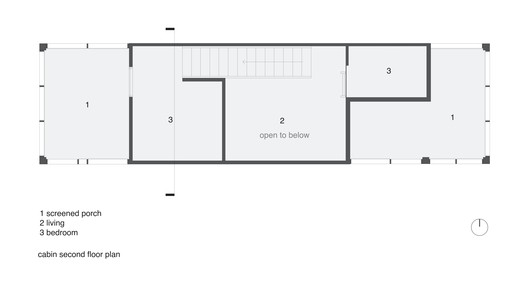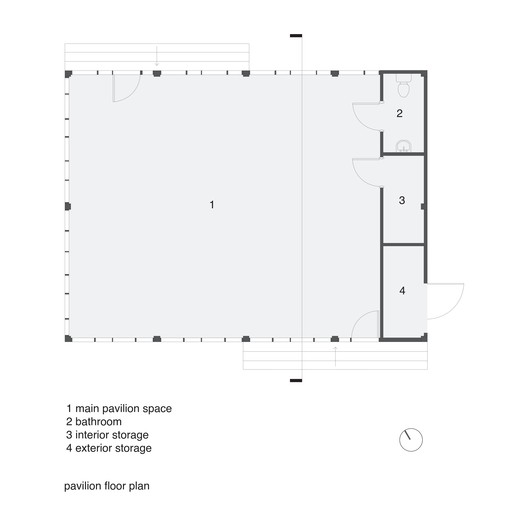
-
Architects: Tall Architects
- Area: 2300 m²
- Year: 2019
-
Photographs:Coy Sellers
-
Manufacturers: James Hardie Australia, Mi Windows and Doors
-
Lead Architects: Madison Talley, Mark Talley

Text description provided by the architects. In early 2018, the owner of Twisted Run Retreat, a yoga and writing retreat, approached the architects about designing a pavilion nestled into the wooded fifteen-acre property. The project was accelerated and expanded a few months later when an existing cabin (one of three on the property) was struck by lightning and burned. After discussing the goals for the property, the owner and architects decided the best course of action was to replace the burned cabin with two cabins and situate the pavilion in a central location. The three, new buildings are similar to symmetrical, tilted gable roofs that have been said to portray the idea of “downward facing dog”, an appropriate evocation for a yoga retreat.






























